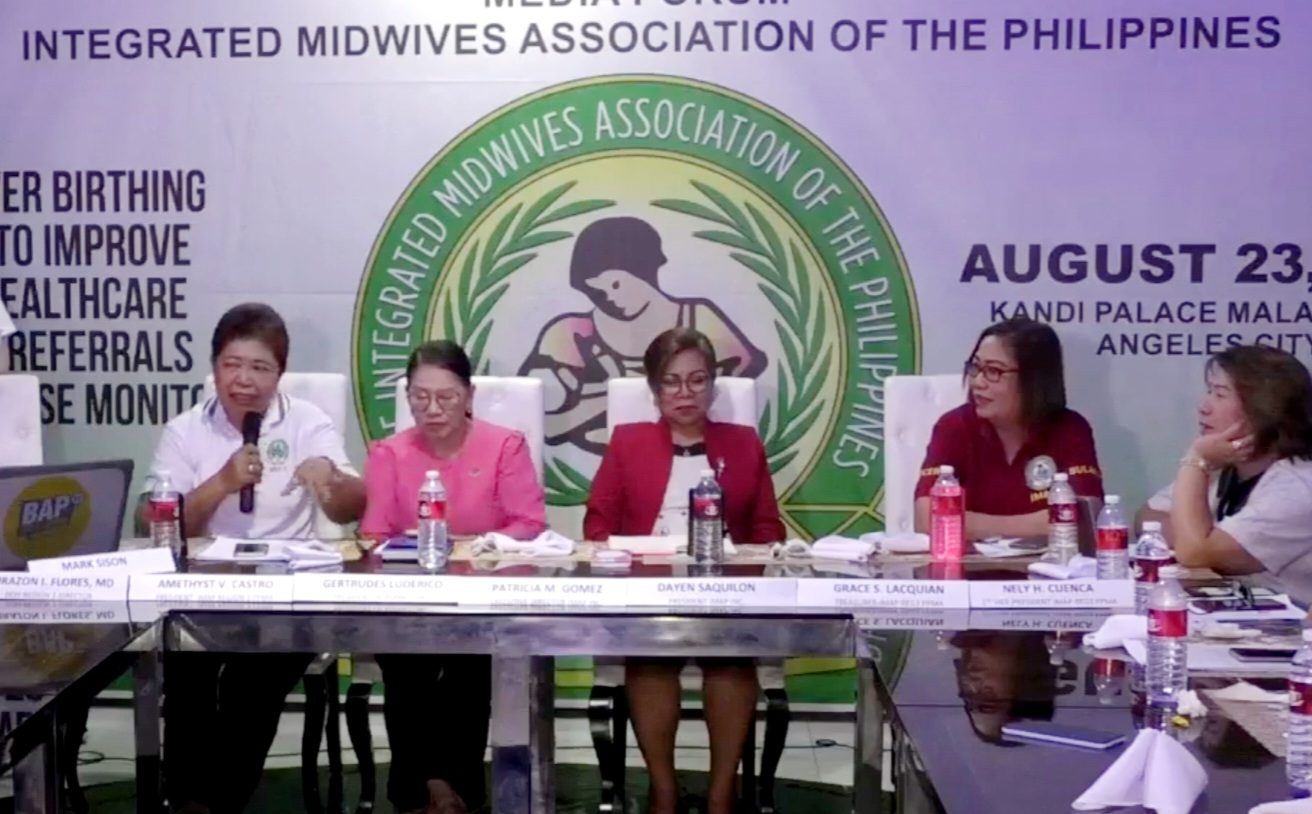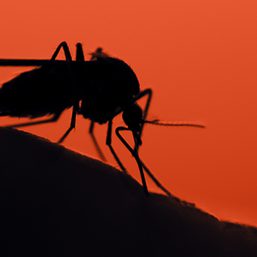SUMMARY
This is AI generated summarization, which may have errors. For context, always refer to the full article.

PAMPANGA, Philippines – Gloria Pineda began her career as a midwife at a district hospital in 1981, making her one of the pioneering midwives in Mabalacat City.
However, based on an order released by the Department of Health (DOH) in January 2021, her practice has been restricted by rules stemming from the new classification of low and high-risk pregnancies.
According to Pineda, these guidelines might have led to situations where some mothers refuse to go to crowded public hospitals or costly private hospitals to give birth. Instead, they end up delivering at home with the help of manghihilot (traditional folk healers).
Pineda told Rappler on August 22 that their clinic evaluates patients for safe childbirth. Even if mothers prefer their clinic, they encourage transfers to hospitals if necessary.
“But some mothers are still afraid and hesitant. They are worried maybe because you can find everything there – diseases and illnesses. So they opt to suffer labor pains and find some comfort at home and call the manghihilot,” she said.
Such a choice carries risks due to the possibility of sepsis unlike in lying-in clinics which are being subjected to annual inspections to ensure compliance to health and safety rules.
But Pineda recalled that despite her recommendations for hospital transfer, one patient chose to deliver her fifth child at a creekside home setting.
“When I found out she decided to give birth at home, I had to go there because it was my duty. She has been my patient from her first to her fourth child,” Pineda said.
She said she has never experienced any complications throughout her entire practice.
“Some of my patients have been under my care since their first baby, but by their 5th child, we are no longer allowed due to the high risk involved. We are not opposed to the DOH’s directive. We understand the risks involved with high-risk mothers,” Pineda said.
The DOH introduced Circular No. 2021-0005, supplementing Administrative Order No. 2012-0012, which established the rules for classifying hospitals and health facilities in the country.
The circular permits midwives to conduct spontaneous vaginal deliveries for low-risk pregnant women.
The January 4, 2021 order, signed by DOH Undersecretary for Public Health Services Myrna Cabotaje, also specifies that midwives are no longer authorized to care for first-time mothers, those expecting their fifth child or beyond, adolescents aged 10 to 19, women aged 35 and older, and pregnancies lasting 40 weeks or more.
On August 23, the Integrated Midwives Association of the Philippines (IMAP), Philippine Society of Private Midwife Clinic Owners (PSPMCO), and Private Practicing Midwives Association (PPMA) asked the DOH to review the guidelines and the quality of services at primary care birthing homes.
According to Nelly Cuenca, IMAP Region III vice president, the regulations lacked local evidence since the initial study originated in Nigeria and Pakistan, focusing on birthing home space requirements and construction permits.
Cuenca said the DOH should have conducted a local study, and exhaustively gathered Philippine data to support the order.
“It lacks a strong foundation,” she said.
Midwifery care
The World Health Organization (WHO) outlined an action framework for enhancing quality midwifery education to achieve universal health coverage by 2030.
The framework highlights over 50 outcomes improved by quality midwifery care, including decreased mortality rates, interventions, and harm to both mother and newborn, alongside enhanced psychosocial outcomes, public health, and health service results.
WHO also noted that midwives can deliver 90% of sexual, reproductive, maternal, newborn, and adolescent health care, yet they comprise less than 10% of the global workforce in this field.
Pineda said midwives comprehend the risks faced by mothers and their babies and recommend transferring high-risk pregnancies to proper healthcare providers and facilities.
“Our top priority is the well-being of the mother and the baby. Our duty entails caring for them throughout their pregnancy journey. It demands devotion,” she said.
Patricia Gomez, IMAP’s executive director, said the DOH guidelines have impacted midwives nationwide and even mothers who, due to certain factors, insist on midwife-assisted births.
Since the AO is already in place, Gomez said, it puts midwives in a dilemma at times.
“The DOH is asking us to explain why we need to continue taking care of certain patients… It’s also a moral concern. We’re being asked to turn some patients away,” Gomez said. – Rappler.com
Add a comment
How does this make you feel?















There are no comments yet. Add your comment to start the conversation.